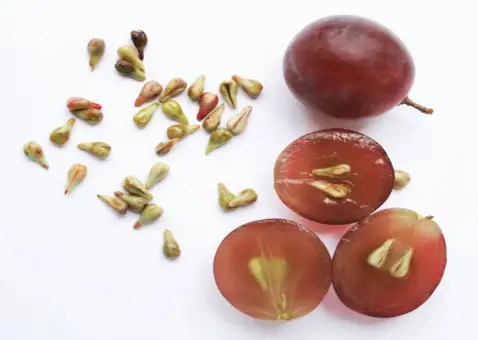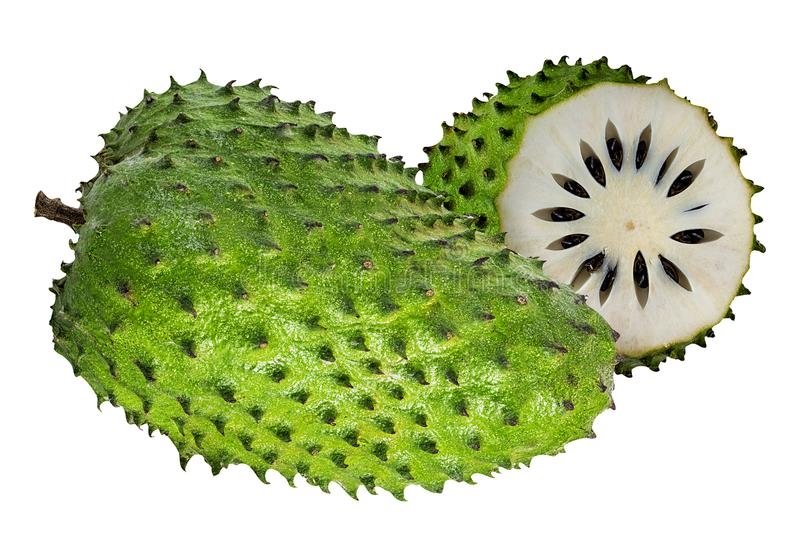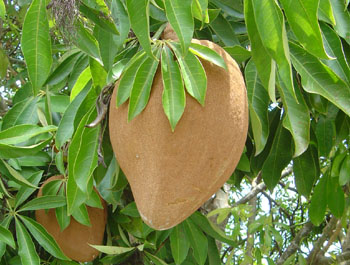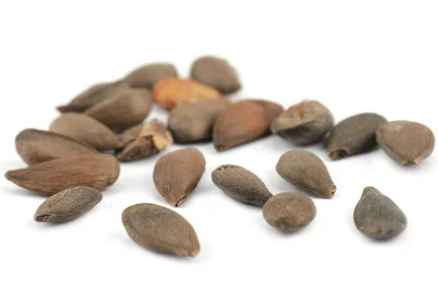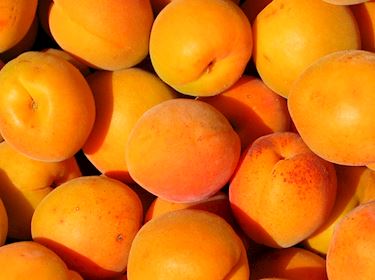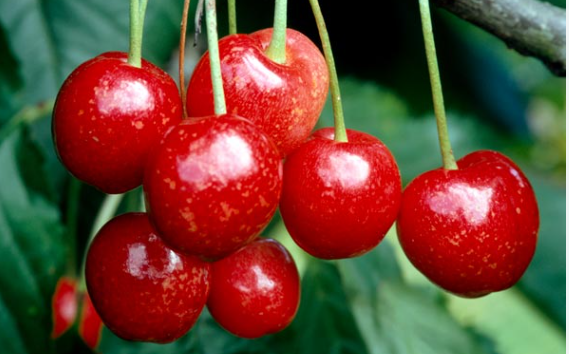Normally, fruits are thought to be symbols of health and life. But sometimes, they have a much darker meaning. Many times, people have connected certain fruits with death and spirits, using them in rituals for those who have passed away.
Let’s take a look at 10 fascinating fruits that are linked to the theme of death:
Table of Contents
1. Pomegranate
For a very long time, the pomegranate has been a sign of death, especially in old stories from Greece. Eating this fruit was thought to trap you in the world of the dead. While it also symbolizes things like children and lots of good things, its dark meaning of death and life after death is strong, too.
2. Apple
Apples have many different meanings, but a famous story about them is from the Bible, with Adam and Eve. The apple shows the idea of being tempted and what can go wrong if you give in. It’s a sign of how life doesn’t last forever and that everyone will face death one day.
3. Fig
The fig has many different meanings across different cultures. In some places, it’s linked to death and places where spirits live, but in others, it’s a sign of new lives starting and lots of good things. The fig tree is very special because it can grow back from its roots, which people see as a sign that life keeps going on, even after death.
4. Banana
In Western places, we don’t usually think of bananas as being connected to death. But in Africa, some people think bananas are about the spirit world. For example, the Yoruba people in Nigeria use bananas in their ceremonies for the dead, believing it helps them talk to spirits.
5. Persimmon
Persimmons come around in the fall when the leaves are falling and things are dying, so they are often thought of as a sign of that dying time of year. In Japan, they stand for the changes in life and the endless cycle of living and dying. Native American traditions say that eating persimmons can connect you with the spirit world.
6. Cherry
Cherries can mean different things – both happy new starts and the sad truth that life doesn’t last forever. In some places, the cherry blossoms are used to remember and honor people who have died.
7. Papaya
The papaya has a rich history filled with symbolism. It can represent happy things like children and lots of good things. But it’s also seen as a sign of death and what comes after life. In Hindu stories, the goddess Kali is shown with papayas, which mean the human heart.
8. Grape
Grapes also have a historical connection to death and spirits. Ancient Greeks believed that dead people’s souls lived in grapevines. They also used wine from grapes in funeral ceremonies. For Christians, grapes are about the blood of Christ and life that goes on forever.
9. Pineapple
The pineapple is another fruit with deep meanings. While it usually stands for being friendly and welcoming, it also can be about death and moving on to another life. In places like the Caribbean, people put pineapples on graves to show that the person who has died is moving on to a new life.
10. Avocado
Although not commonly linked with death in the West, avocados hold this meaning in some Mexican indigenous cultures. The Aztecs saw avocado as a sign of new life and good things, but also used it in rituals to honor the dead and help them on their journey after life.
In Conclusion
In all, these 10 fruits provide a really interesting look at how different people and cultures see life, death, and the next life. While some of them, like pomegranates and grapes, have been connected to death for a really long time, others like bananas and avocados are newer to this idea, depending on where you are.
Each fruit, whether seen as a sign of death, creating new life, good fortune, or life starting all over again, shows us how everything in life is connected. They help us understand the never-ending cycles of birth, death, and rebirth that are part of life on Earth.
By learning about these fruits and their meanings, we can better grasp how different cultures make sense of big ideas like life and death that we all experience.
